"Biodiversity provides the foundation on which all life depends, including human societies," writes Nik Sekhran in the opening pages of "Biodiversity for Sustainable Development," a captivating book released earlier this month by the United Nations Development Programme.
"Ecosystems and biodiversity provide our food, water, fuel, medicine and shelter. They shield us from natural disasters and reduce our vulnerability to climate change. They create the very air we breath, recycle nutrients, control pests and generate the soil in which our food is grown," explains the UNDP publication, which can be viewed for free at ow.ly/DcwDV.
Even if you never read a word of the text, the photographs alone make this publication a winner. Many are simply breathtaking.
Biodiversity is usually defined as ecosystem diversity, species diversity and genetic diversity — life and the creators of life on our planet. Each of us, individually and as a species, is a component of biodiversity.
In short, biodiversity is life.
Years ago as a graduate student I fell in love with the magic and the mystery of biodiversity. Learning about this sublime matrix of life that no one will ever completely get their head around put me in awe of nature, near and far.
Now, decades later, it seems so natural to me — pun intended — that biodiversity is inextricably entwined in our daily lives and our ultimate survival.
But this means that I continue to be mildly surprised each year when my new environmental studies students still want to conceptualize biodiversity as something that exists outside their world, some "other" that needs to be tracked down, identified and quantified.
And I can't help smiling at these new students' hesitation when I ask them to identify things around them that relate to biodiversity. Furtively they scan the room, looking for plants and bugs, I imagine, the kinds of outdoor life they studied in their elementary classrooms years ago.
Eventually things get rolling and they spy the trees beside the window, the birds circling in the sky, the coffee they are sipping, their lunches and bottled water, and the fibers in their clothing.
Unfortunately the classrooms I teach in have no plants and very few insects. This is probably for the best, though, since when something does fly into the room it is not unusual for at least one student to appear genuinely horrified, especially by moths.
Students tell me this fear is linked to childhood ghost stories and "Godzilla" films featuring Mothra, but I expect it has something to do with growing up in homes where frequent use of insecticides ensures that nothing from outside stands a chance inside.
It strikes me as rather ironic that in a nation where earthquakes, tsunami and typhoons are common fare, children can grow up afraid of even the most benign insects. But perhaps their parents have come to perceive all things in nature as threatening and have raised their children to worry accordingly.
In any case, Prime Minister Shinzo Abe's administration needs to pick up its feet and make greater efforts to raise biodiversity awareness here, as well as take the lead on biodiversity protection in Asia. Japan has not even ratified the Nagoya Protocol, a treaty under the UN Convention on Biological Diversity, which calls for the equitable sharing of benefits that arise from discovery and use of genetic resources.
The protocol, named after Japan's third largest city, took effect two weeks ago, but Japan still has not ratified the agreement due to corporate opposition to the changes in domestic law that ratification would require.
Beholden to the business community, Abe's hands are tied, but he could certainly call for a national effort to make biodiversity a household word. The UNDP reports that Malaysia has adopted an awareness campaign under the banner, "My biodiversity — Life, Heritage and Future."
Abe could do a world of good in Japan and Asia if he were to do something similar. Even better, he could call on the Ministry of Education to integrate a modified version of the new UNDP biodiversity book into Japan's social studies curriculum.
The book's full title is "Biodiversity for Sustainable Development: Delivering Results for Asia and the Pacific" and its aim is to publicize UNDP programs in Asia. But beyond its use as a tool for publicity, the book is a first-rate primer on the breathtaking beauty of Asia's ecosystems and the tragic degradation that is eating away at this unique, natural legacy, upon which billions of people depend for survival.
"Despite the tremendous economic and human development achieved over the last decades, (Asia) is still home to a majority of the world's poor people. They are most dependent on ecosystems and biodiversity and are the hardest hit by its degradation," said Haoliang Xu, director of the Regional Bureau for Asia and the Pacific, UNDP.
"Ultimately, the loss and degradation of biodiversity impact negatively on all people. However, the impacts are particularly severe, and more immediate, on the poor and vulnerable, women, children and indigenous peoples," added UNDP Director Nik Sekhran.
This book has the makings of an excellent study text because it tells the bad news but doesn't dwell on it. The book offers a collage of stories gathered into five themed chapters: "Home," "Food & Water," "Work & Money," "Health & Security," and "Happiness & Love," all of which put biodiversity in context at the heart of human existence.
There are dozens of inspiring projects introduced from countries across Asia and the Pacific where individuals and groups are conserving land, water and ocean resources, enhancing local capacity, and generating sustainable livelihoods.
One section explains the use of camera traps that snap shots of endangered species and poachers, and another notes the importance of integrating gender into ecosystem and biodiversity management.
Another explores the links between biodiversity, ecosystems and happiness in Bhutan.
"Throughout the centuries the Bhutanese have treasured their natural environment and have looked upon it as the source of all life. This traditional reverence for nature has delivered us into the new millennium with our environment still richly intact. We wish to continue living in harmony with nature and to pass on this rich heritage to our future generations," noted Jigme Singye Wangchuck, the fourth dragon king of Bhutan and father of Bhutan's present king.
The truth is that biological diversity is natural capital, and investing in biodiversity is the same as buying life insurance for the planet and preparing for our shared future.
The people of Bhutan have known this for centuries. Why, then, is it so hard for the leaders of the "developed" world to understand?
Stephen Hesse is a professor in the Law Faculty of Chuo University and associate director of Chuo International Center. He can be reached at [email protected].



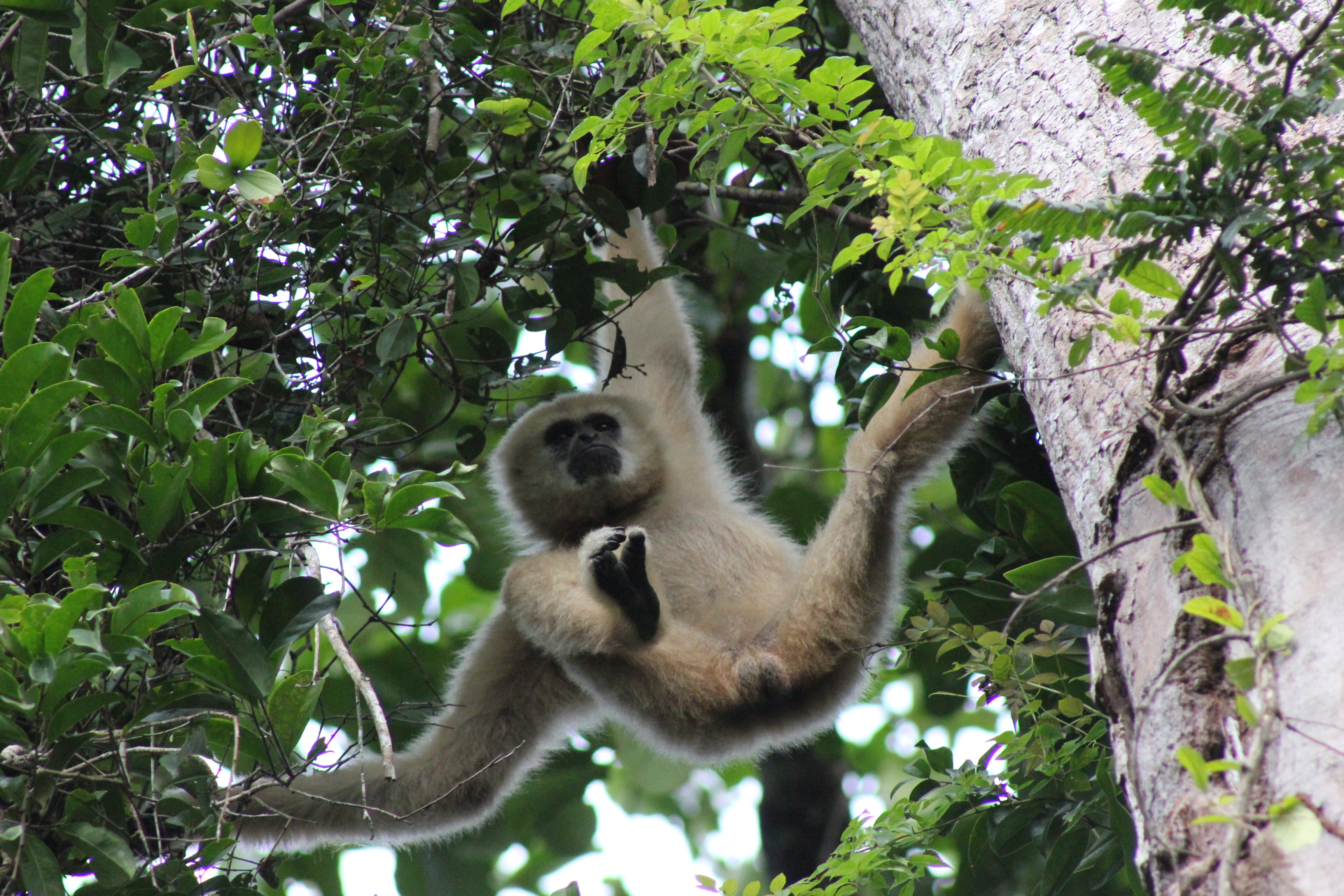
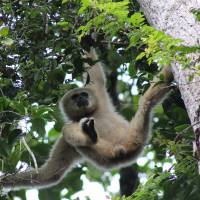
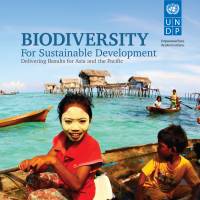
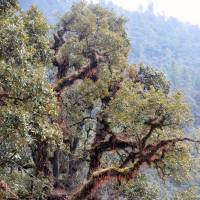
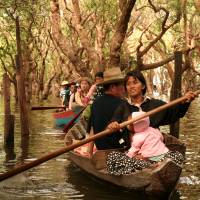













With your current subscription plan you can comment on stories. However, before writing your first comment, please create a display name in the Profile section of your subscriber account page.